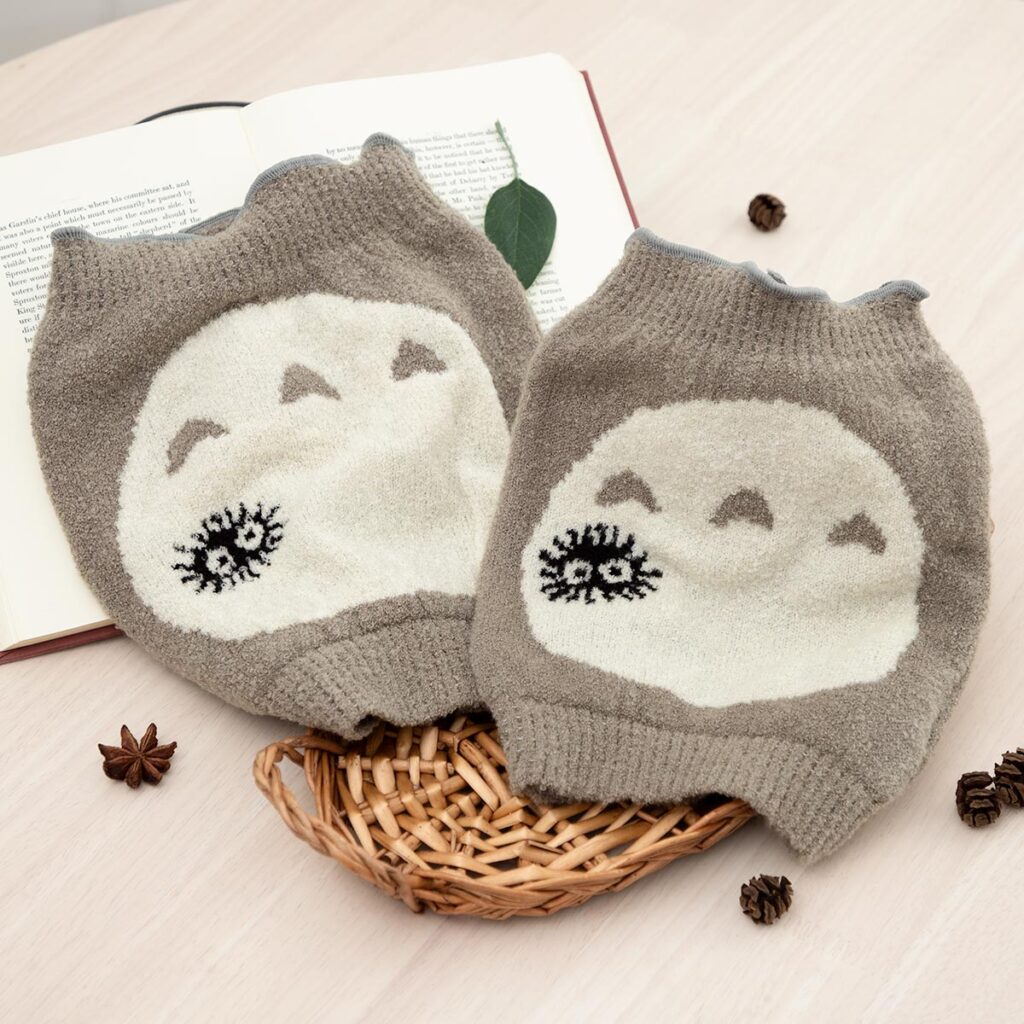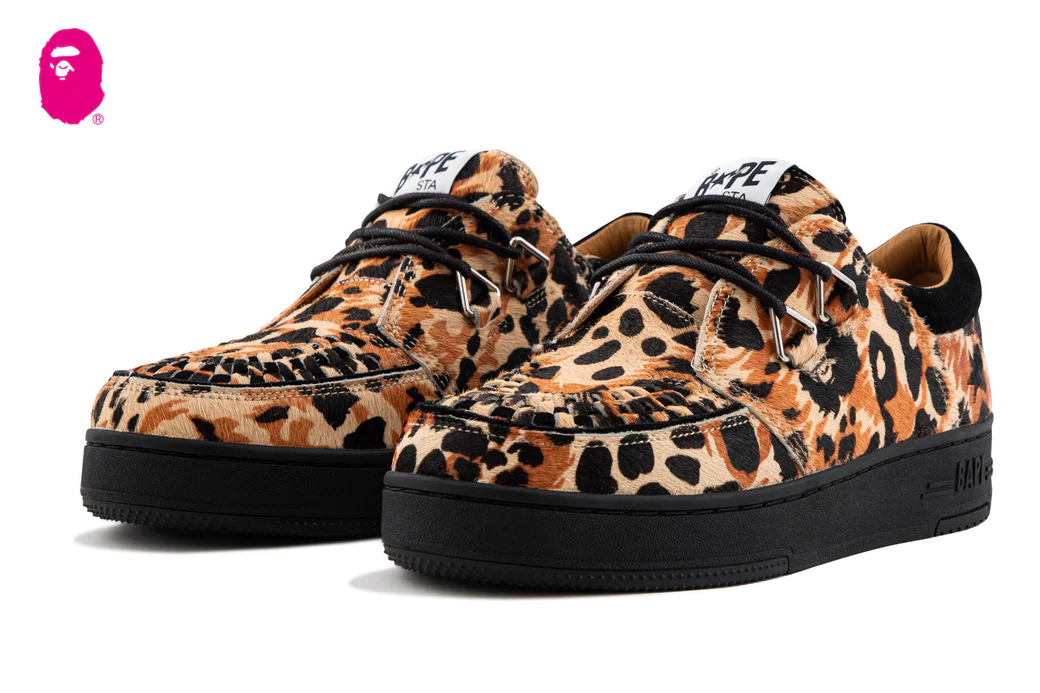In the realm of fashion, where trends ebb and flow like the tides, few items manage to traverse the boundary between the traditional and the modern quite like the haramaki. Translating literally to “belly wrap,” the haramaki has journeyed through Japan’s history, evolving from its origins as a piece of feudal armor to its current incarnation as a beloved winter accessory and symbol of national nostalgia. In contemporary Japanese culture, the haramaki is experiencing a renaissance, with brands like Studio Ghibli reimagining its design to cater to a new generation of consumers seeking both warmth and whimsy.
This blog delves into the haramaki’s unique evolution, examining its cultural significance and the ways in which it has been revitalized for a modern audience. By exploring the intersecting lines of fashion, tradition, and functionality, we gain insight into the haramaki’s enduring appeal and the creative strategies behind its resurgence.
The Historical Context of the Haramaki: Armor for the Soul
The origins of the haramaki date back to Japan’s feudal period (1185-1868), when the garment served a distinctly utilitarian purpose. Worn beneath the armor of samurai warriors, the haramaki was designed to protect the abdomen, a critical area housing vital organs. During an era when swordsmanship and close combat were common, safeguarding this region was essential for survival. The original haramaki was crafted from multiple layers of thick fabric or leather and was meant to absorb impact, providing both physical and psychological reassurance to the wearer.
However, the significance of the haramaki extended beyond its protective qualities. In traditional Japanese medicine, the stomach is regarded as a central hub of the body’s energy, and maintaining warmth in this area is believed to support overall well-being and vitality. This belief is rooted in “kampo”, Japan’s adaptation of traditional Chinese medicine, which emphasizes the importance of maintaining body temperature to promote circulation and immune function. Thus, the haramaki was more than just armor; it was a symbol of resilience and strength, both physically and spiritually.
As Japan transitioned into the modern Meiji era (1868-1912), the role of the haramaki began to shift. With the decline of the samurai class and the rise of Western clothing, the haramaki fell out of mainstream use. Yet, it remained a steadfast symbol of the nation’s past, occasionally surfacing in popular culture as a nostalgic artifact.
The Modern Resurgence: A Warm Embrace of Tradition
The resurgence of the haramaki in contemporary Japan can be traced back to the late 20th and early 21st centuries, when interest in retro and traditional items began to grow. Initially popularized as a health and wellness product, the haramaki found favor among older generations who appreciated its warmth and practicality. Marketed as a means of maintaining internal body temperature during the colder months, it quickly gained a reputation as a must-have winter accessory.
The health benefits of the haramaki were promoted through its ability to insulate the stomach area, thereby preventing chills and promoting better digestion. The design, often simple and utilitarian, was intended to be worn discreetly beneath clothing. Yet, as the haramaki’s popularity grew, so too did the range of its designs. Manufacturers began to experiment with colors, patterns, and fabrics, transforming the once understated garment into a canvas for self-expression.
One of the most notable developments in the haramaki’s modern evolution is its embrace by Japanese subcultures and the broader fashion industry. As young people sought new ways to differentiate themselves from the mainstream, the haramaki emerged as an unconventional accessory that was simultaneously rooted in tradition and ripe for reinterpretation. Its quirky, unexpected appearance on the streets of Tokyo’s Harajuku and Shibuya districts made it a favorite among fashion-forward individuals eager to blend the old with the new.
This trend did not go unnoticed by major Japanese brands, which began incorporating the haramaki into their collections. Uniqlo, for instance, launched a series of haramaki-inspired products in collaboration with designers like Hana Tajima, presenting the garment as both a functional winter accessory and a fashionable layering piece. Such initiatives signaled the haramaki’s transition from niche product to mainstream item, showcasing its potential to bridge the gap between practicality and style.
Studio Ghibli’s Totoro Haramaki: The Ultimate Blend of Nostalgia and Innovation
One of the most successful and culturally resonant reinterpretations of the haramaki in recent years comes from Studio Ghibli, the iconic Japanese animation studio known for its enchanting films and beloved characters. By incorporating the haramaki into its fashion range, Studio Ghibli has not only revived interest in this traditional garment but has also infused it with a sense of playful nostalgia.
The decision to feature Totoro, the lovable forest spirit from “My Neighbor Totoro”, on the haramaki design is a masterstroke of cultural synergy. Totoro, with his round belly and comforting presence, is the perfect character to adorn a belly wrap. The juxtaposition of Totoro’s soft, friendly appearance against the utilitarian functionality of the haramaki transforms the garment into something more than just a piece of clothing; it becomes an emotional statement, evoking the warmth and whimsy of childhood memories.
The Totoro haramaki is also a testament to the power of branding and design. By leveraging the universal appeal of one of Japan’s most famous animated characters, Studio Ghibli has positioned the haramaki as a lifestyle product that transcends age and demographic barriers. The use of soft pastel colors and high-quality fabrics ensures that the haramaki appeals not only to fans of the studio’s films but also to fashion-conscious consumers seeking a unique addition to their winter wardrobes.
The connection between Studio Ghibli and haramaki manufacturers is a perfect example of how traditional items can be reimagined for the modern era. It demonstrates that the key to the haramaki’s success lies in its ability to adapt without losing its original essence. By staying true to its roots as a warming garment while embracing contemporary aesthetics, the haramaki has solidified its place in the lexicon of Japanese fashion.
A Symbol of Cultural Resilience and Adaptability
The haramaki’s journey from feudal armor to modern fashion accessory reflects a broader narrative about cultural resilience and adaptability. In a world where fashion is often driven by rapid change and fleeting trends, the haramaki stands out as a symbol of Japan’s ability to honor its past while embracing the future. It is a reminder that fashion, at its best, is not just about aesthetics but also about identity, heritage, and continuity.
The haramaki’s resurgence also speaks to the Japanese concept of “mottainai”, which emphasizes the value of reusing and repurposing items rather than discarding them. This principle, deeply ingrained in the nation’s collective consciousness, is evident in the haramaki’s transformation from a discarded relic of the past to a cherished item of contemporary clothing. The renewed interest in the haramaki is, in essence, an act of cultural reclamation—a way of preserving a piece of Japanese history while making it relevant to new generations.
Impression
As the haramaki continues to evolve, it is poised to expand its influence beyond Japan’s borders. The growing global interest in Japanese fashion and wellness trends suggests that the haramaki could become a sought-after item in international markets. Already, online retailers are offering haramaki designs to customers in the United States and Europe, where the garment is marketed as a unique alternative to traditional winter wear.
However, for the haramaki to achieve widespread international success, it will need to overcome certain challenges. Chief among these is the perception of the haramaki as a purely functional item, akin to a thermal undershirt. To capture the imagination of a global audience, the haramaki must be positioned not just as a tool for warmth but as a versatile fashion statement. Brands like Studio Ghibli have made significant strides in this direction, but further innovation will be necessary to elevate the haramaki’s status on the world stage.
One potential avenue for expansion is through connects with Western fashion designers and brands. By integrating the haramaki into global fashion collections, designers could introduce the garment to new audiences while retaining its distinct Japanese identity. Another strategy could involve leveraging social media and influencer marketing to highlight the haramaki’s unique attributes and cultural significance.
A Tradition Reinvented
The haramaki’s evolution from feudal armor to modern fashion statement is a testament to its enduring appeal and adaptability. It is a garment that embodies the intersection of tradition and innovation, serving as both a practical winter accessory and a nostalgic nod to Japan’s cultural heritage. Through the creative efforts of brands like Studio Ghibli, the haramaki has found new life, captivating the imaginations of those who value warmth, comfort, and a touch of whimsy in their wardrobe.
As the haramaki continues to evolve, it remains a powerful symbol of Japan’s ability to honor its past while embracing the future. In doing so, it offers a valuable lesson for the global fashion industry: that true style is not about discarding the old in favor of the new, but about finding ways to blend the two in a harmonious and meaningful way. The haramaki, with its rich history and modern reinventions, stands as a shining example of how tradition can be reinvented for contemporary relevance, ensuring that it remains a beloved part of Japan’s cultural fabric for generations to come.
No comments yet.








